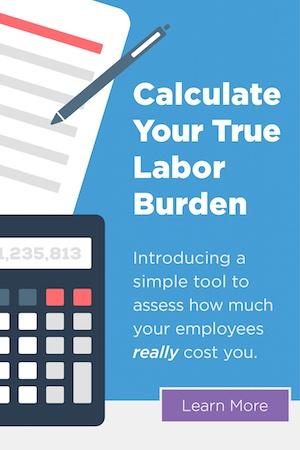$168 million! The largest sexual harassment lawsuit on record is a judgment against Mercy General Hospital in Sacramento, California. We read about cases like that and think, “That’s California! It won’t happen to me and my business.”
A little closer to home…
How would a ruling of $6.2 million against your company impact your business? That’s what Lennox Industries in Richardson Texas will pay to settle an age discrimination lawsuit. How about $1.3 million? Henry’s Turkey Service in Goldthwaite, Texas will be compensating former employees in a disability discrimination lawsuit judgment. All these, in the past 12 months.
Also, in the past 12 months…
Chrysler in Belvidere, Illinois will pay $3.8 million in a race and religious discrimination lawsuit judgment. Wisconsin Department of Veterans Affairs will pay $1.8 million in a retaliation lawsuit judgment. Pepsi in Minneapolis, Minnesota will pay $3.13 million to settle an EEOC race discrimination lawsuit. The list goes on. In fact, harassment is the most common type of workplace complaint leading to the employer paying a sizable settlement or jury award.
The First Step to Protecting Your Company…
Know the types of harassment that will put your company at risk.
- Verbal Harassment involves the consistent mean or unpleasant, threatening, yelling, insults, or cursing at the victim in public or private.
- Discriminatory Harassment causes an intimidating or offensive workplace because of the victim’s race, gender, age, or other protected class.
- Personal Harassment is when the victim is bullied and subjected to offensive remarks for a reason other than their protected characteristic.
- Physical Harassment is workplace violence, which involved physical attacks, destruction of property or threats. In extreme cases, it may be assault.
- Psychological Harassment has a negative impact on the victim’s psychological well-being, causing them to feel belittled on a personal or professional level.
- Cyperbullying is online harassment like posting rumors on social media or sending threatening messages.
- Sexual Harassment is unwanted romantic or sexual behavior. This can include Quid Pro Quo Sexual Harassment in which a superior requests sexual behavior in exchange for a benefit or to avoid negative employment action, like being fired.
- Power Harassment is characterized by a disparity between the victim and harasser. This most commonly involves a supervisor and subordinate.
- Retaliation Harassment is revenge on the victim or intended to prevent the victim from repeating a certain behavior.
- Third Party Harassment is perpetrated from outside the organization such as a vendor, supplier or customer.
Knowing the definitions of harassment is only the first step in safeguarding your company. Make sure your supervisors know how to identify and combat harassment before it costs your company. Join us September 11, 2018 at 11:00 a.m. CDT for our Webinar: Workplace Harassment, What Supervisors Need to Know. Regina Esslinger, Human Resources Manager at UniqueHR will present:
- What harassment is and is not
- Employer Liability
- Handling Employee Complaints
- Investigations
- Corrective Action
- Diversity


